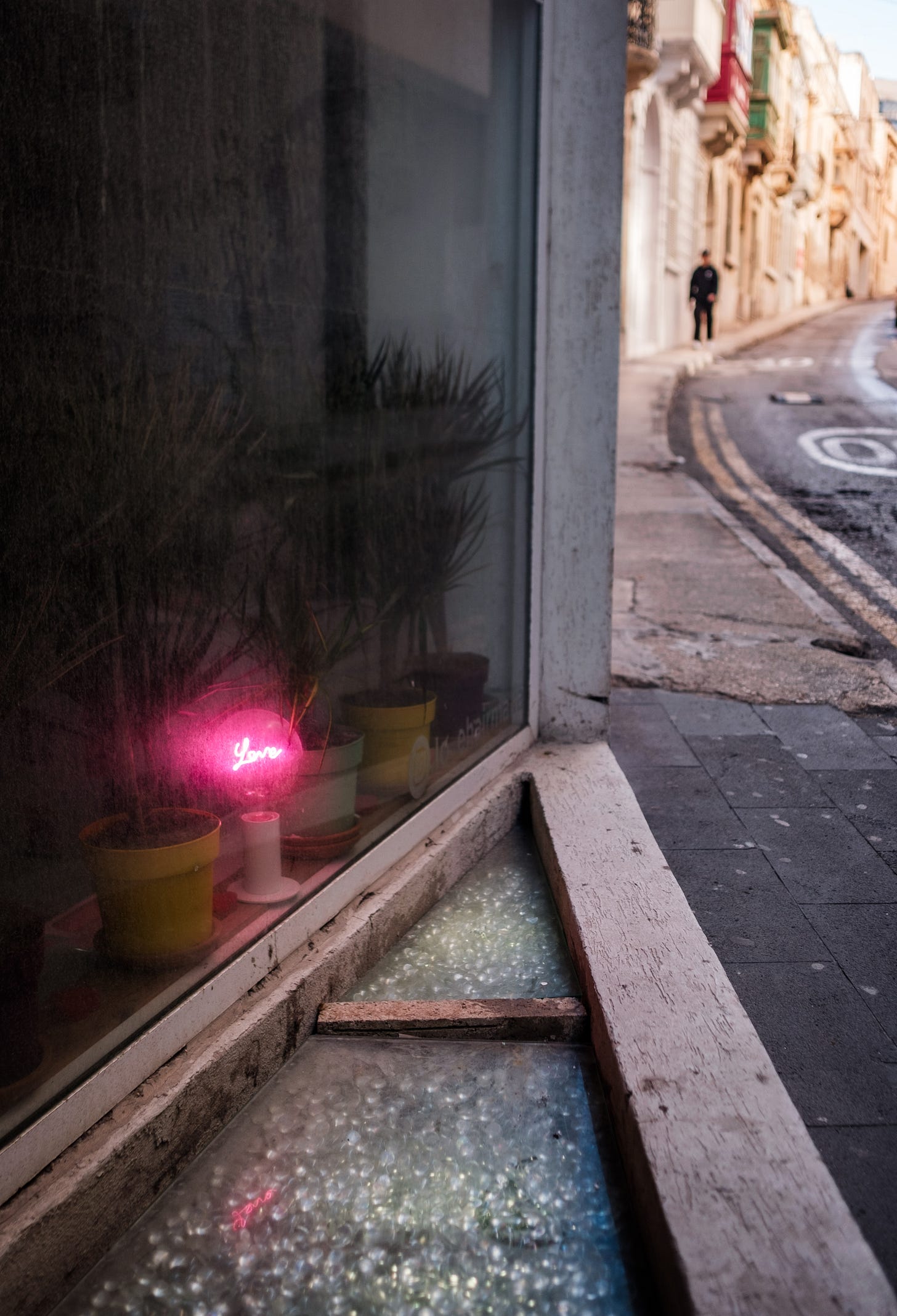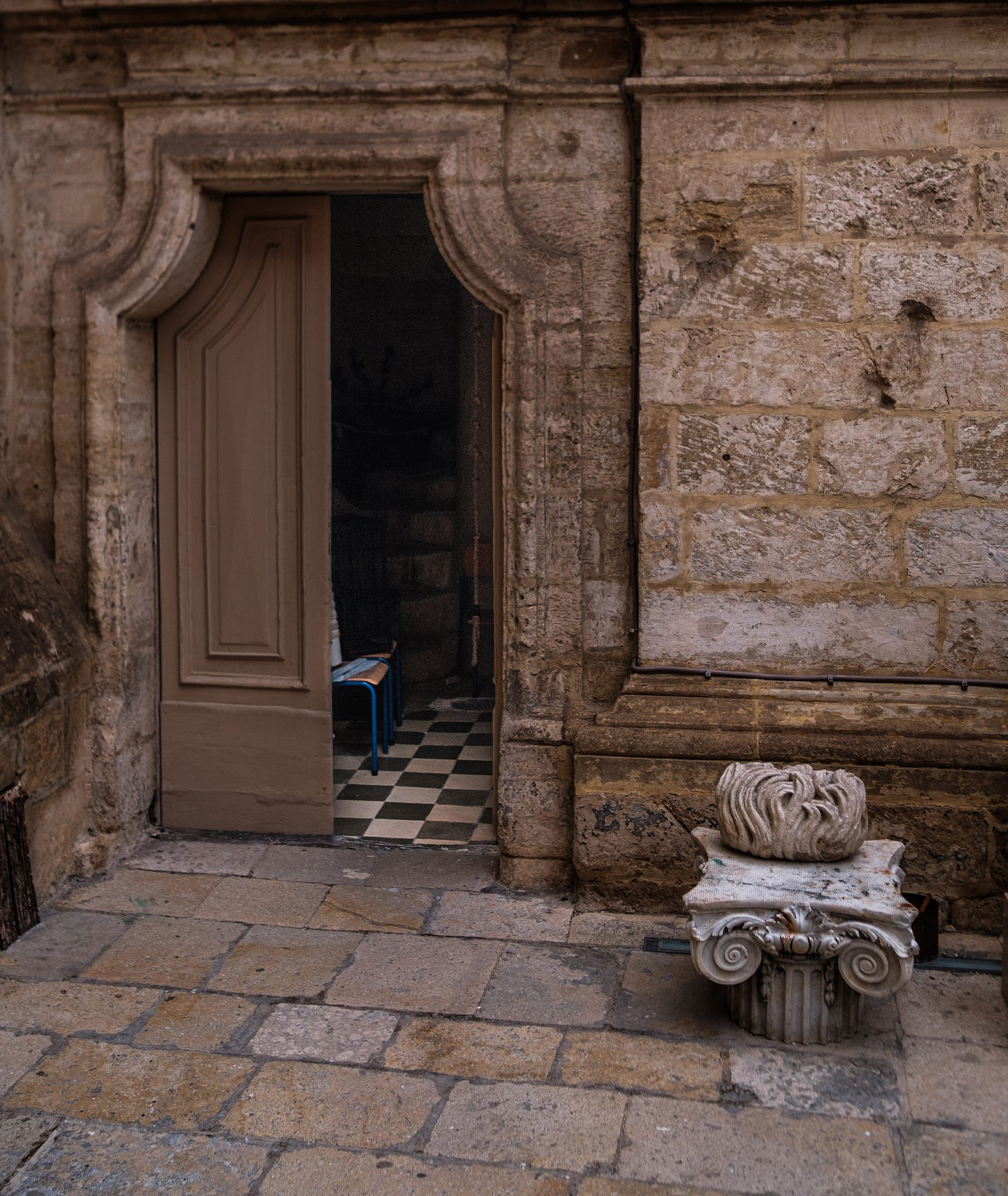I don't follow... quite right
Why media, creativity and image making should rely on a sense of mystery
It is indisputably a contradiction of our times that getting attention relies on inattention – our lack of focus, skipping from one micro dopamine dose to another, not having patience or even the option to take time to consider content in a different way, drives the attention metrics everyone chases. In the digital sphere at least, the allure of a like or the sultry wink of a follow drives behaviour en masse, and the business models of all the social platforms (who therefore can’t stop designing their products to ‘amp up’ this phenomenon).
Substack, we hope, is different, and many of us are starting to turn away from our social snacking to different forms of creative consumption. The broad global reach of the internet, so intoxicating in the 90s as a nirvana of democratisation, access and freedom, has turned sour for many, as ‘big tech’ choose to chase the dollars over the mental health of their users. It may be a generational thing, but I for one crave a different relationship with creative storytelling, content and media that doesn’t lose the global reach (which is truly wonderful), but steps away from the hidden agenda of the algorithm.
I hope we can all move towards a creative experience which is hybrid on- and offline; short, medium and long form; honest, but reverant and irreverant; exploratory, experimental and polished and professional.
With that in mind, and following from my last post, I wanted to explore storytelling in images, where ambiguity, experimentation and contradiction should be embraced, and an image is never truly finished. This encourages the pause (much undervalued these days), the space to think, revisit and even rework or collaborate – either with the viewer or with other artists.1
Let’s dive in.
The dialogue
Explore and follow through the image
To provoke thinking in the viewer, a dynamic relationship between the subject of the image, the composition and the surroundings of the subject. In this image, three men stand on a balcony at the end of an alleyway, considering something together we can’t see out of frame. The angled buildings lead the eye down to the men repeatedly, even if it wanders up to the sun flare at the top and back again. The relationship between the men themselves, as well as what they are considering, keep the dynamic interesting.
The cultural context
As they say, context is everything
Love lit up, a dark dirty shop window, a street disappearing up the hill provokes more questions than it answers. The message seems like a poor fit for a dirty window. Why is it still lit up? What sort of property or shop is it? Who (and why) put it there and kept it alight? Our cultural reference points for ‘love’ seem mismatched to the scene.
All these elements keep us thinking and guessing, and also reflects our own cultural reference points as a viewer.
The moment
Fortuitous timing
Sometimes all we need is a set up and the right timing. From Cartier-Bresson’s ‘the decisive moment’ the gift of photography is to freeze a moment we could never capture in detail in our minds eye. Because a still image - not just photography - allows us to take in many details of a scene we would normally cobble together in our memory from glimpses and experienced moments, it presents a different experience of reality.
When combined with framing and composition, which helps present the moment more powerfully and removes unnecessary details, the moment has impact as well as clarity.
Hidden depths
Challenge the viewer to think about what they can’t see.
Deliberately hinting at, but keeping details out of sight can create a sense of mystery that can provide a long consideration by the viewer. In this image I was fascinated by what was behind the door of a church under restoration. By NOT zooming into the open door, keeping it darker (I could have lightened it more in Lightroom) the image invites the viewer to make up their own story, and consider the details, textures and context in the rest of the image.
Notes
Mystery and intrigue can take many forms, but it is always more about what we cannot see than what we can. Our job as photographers is often to simplify the scene in front of us, compose it in a way that the viewer can clearly see the key elements and relationship between them, which we don’t notice in the chaos of ordinary life. This is not easy, and is why when all the elements come together it’s so satisfying. But let’s not put too much pressure on ourselves to assemble complete stories – missing elements are important too.
In an age where everything has to be summarised, sensationalised and broken into bite size pieces, a little time to consider a more complex set of relationships, both visually and culturally, gives everyone a more satisfying experience. I hope we can all pause a bit more, and swipe up/down/left/right a little less.
Keep curious
James
I can also recommend this post from Wesley Verhoeve who summarises a lot of the issues really well:










Interesting thoughts! I think progressing in the photos I make, I more and more "hide" elements in the dark, don't clean up (clone/heal) whatever I think are distractions, and just acknowledge the fact that I'm not after "perfect" photos (whatever that means :)
excellent!